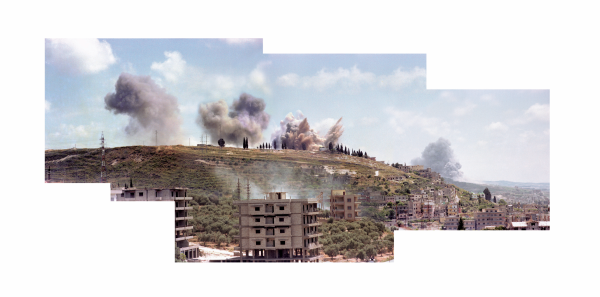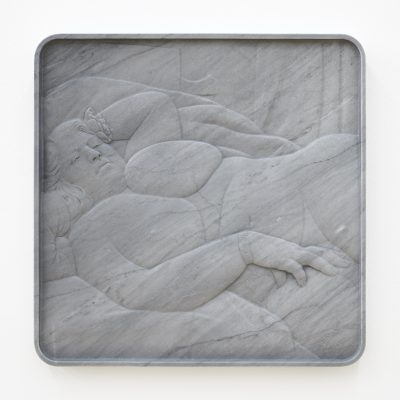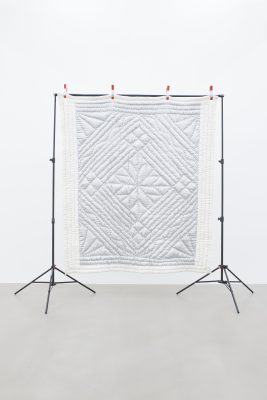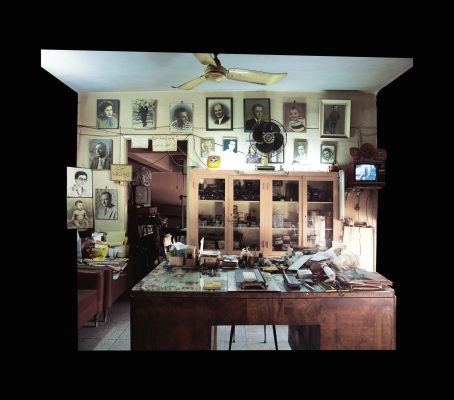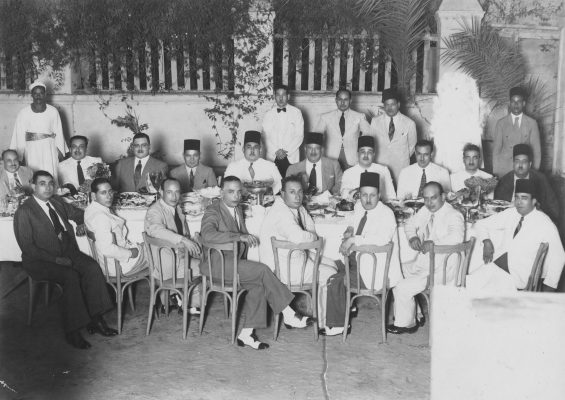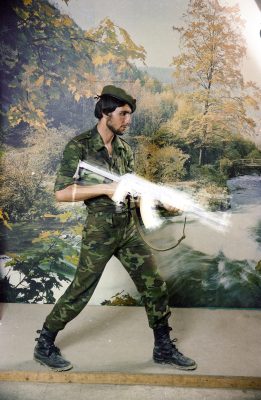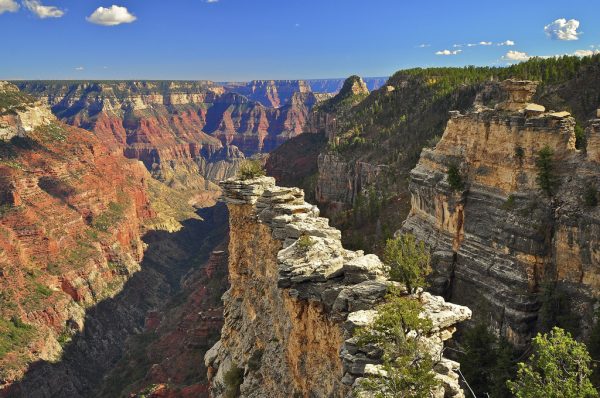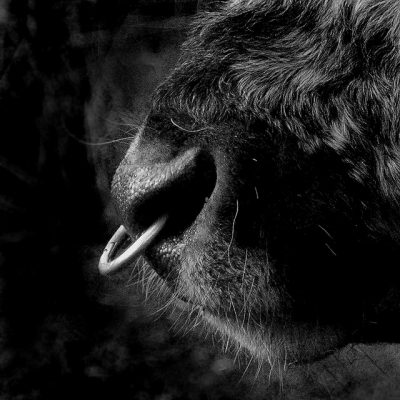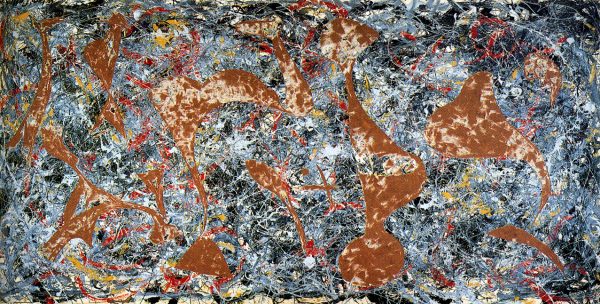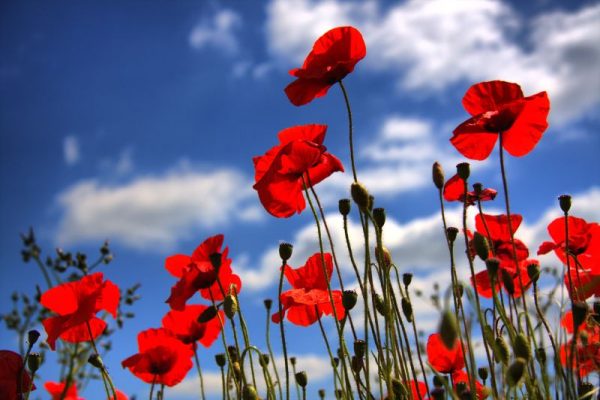Akram Zaatari was born in Saida, Lebanon in 1966. While growing up, armed conflict and a perpetual crisis loomed over everyday life. At a young age he began documenting life in Saida under Israeli occupation, taking photographs and collecting documents and objects specific to the culture and political landscape of the time. Zaatari revisited some of these documents, oral histories and photographs in the installation ‘Letter to a Refusing Pilot’, while representing Lebanon at the 55th Venice Biennial in 2013. The work – which consists of a 34-minute video, a single cinema chair and a 16mm projection of Zaatari’s documentation of the Israeli military operations in Saida in 1982 – reflects on a story about an Israeli pilot, who, according to rumour, refused to bomb a school. Taking the rumour as a starting point, ‘Letter to a Refusing Pilot’ explores the circulation of images and the entangled histories of the Middle East. The work clouds the distinction between documentary and fiction, a dichotomy that Zaatari has always refused to accept.
I came across Zaatari’s work 10 years ago, while exploring cinematic responses to the Lebanese War from within the Beirut art scene. I found his video and photography-based works highly conceptual yet deeply rooted in the physicality of objects and the time in which they are made. Works such as Saida June 6th, 1982 (2006), a composite of six photographs from the first day of the Israeli invasion of Lebanon, show his forensic eye for detail. The photographs were taken when Zaatari was 16 years old, from the balcony of his parents’ home. Behind the apartment blocks, a series of explosion dominate the landscape.
Zaatari has created an artistic language in which he spotlights the complex histories of the Arab world, and investigates visual culture in times of conflict. Taking photography as the starting point of his work, he invites the viewer to look deeper into the life of images, into their histories and geographical trajectories. He has also played a crucial role in shaping the intellectual and institutional framework of the Lebanese contemporary art scene, and contributed to the archival turn in visual culture. In addition to producing a prolific quantity of photographic material, and directing more than 50 films and videos, he has curated exhibitions and written books. In the 1990s, Zaatari co-founded the Arab Image Foundation, which has since assembled over 500,000 photographic objects and documents from and related to the Middle East, North Africa and the Arab diaspora by working with artists, researchers and families.
After a decade of admiring his practice, I interviewed Zaatari over Zoom, a conversation that began in the spring of 2022 and took place between Amsterdam and Beirut.
